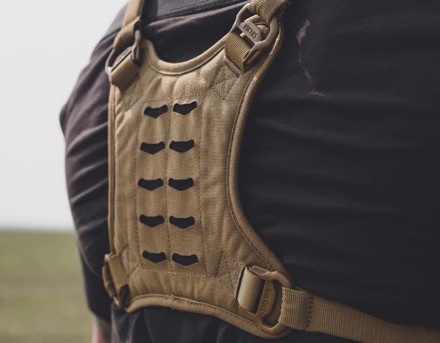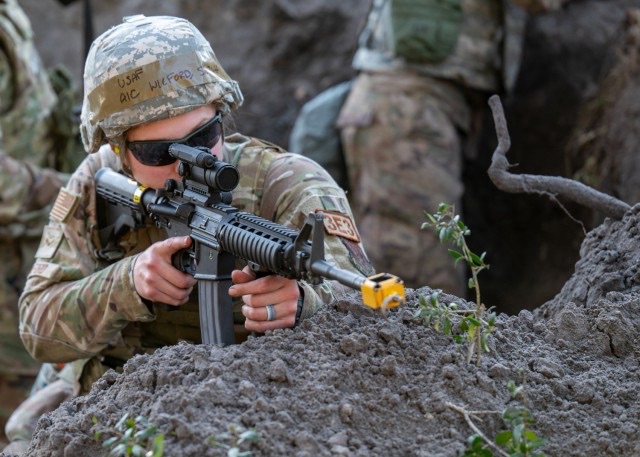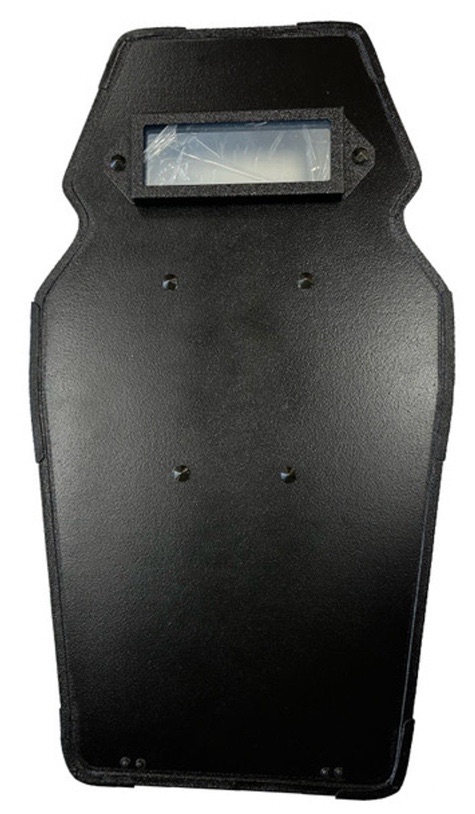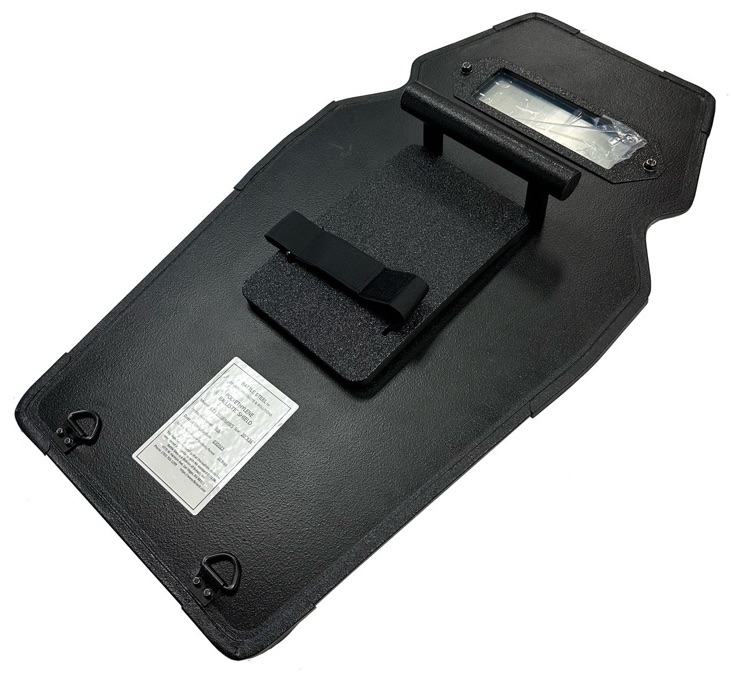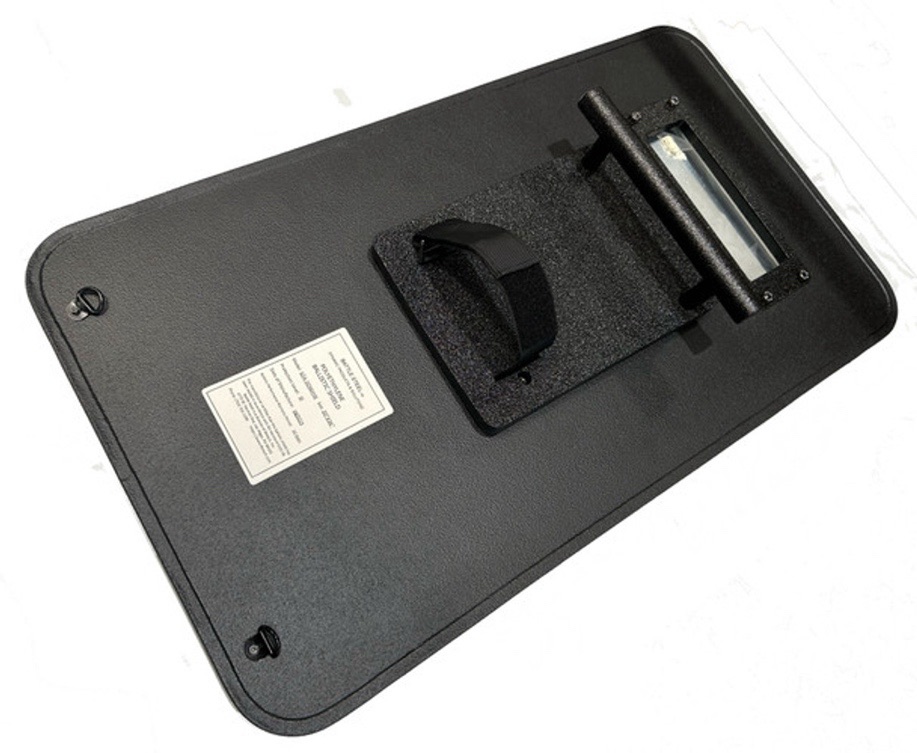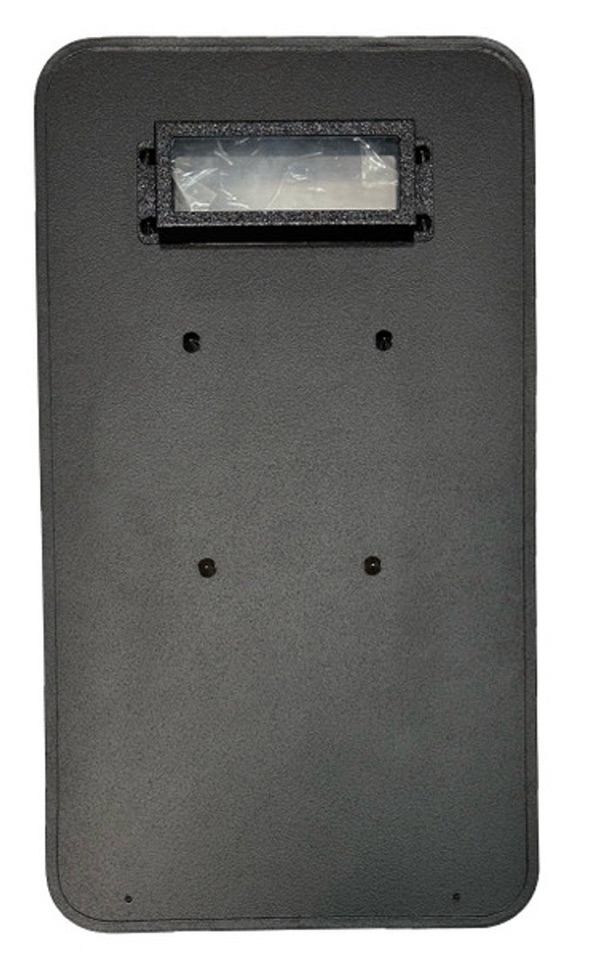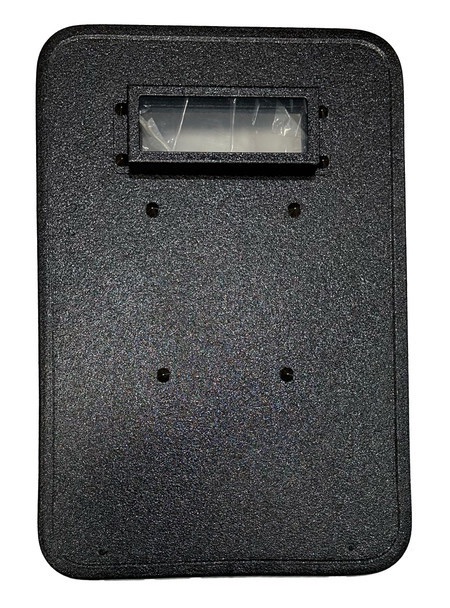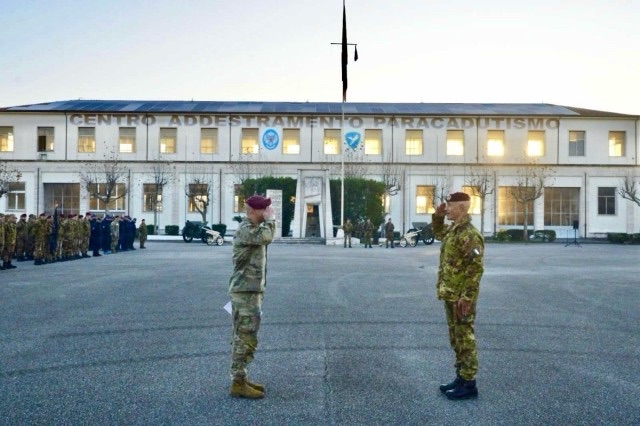
VICENZA, Italy – Few achievements stand out for a paratrooper as distinctly as earning foreign jump wings. U.S. Army Sgt. Mathew Pous, a paratrooper with 2nd Battalion, 503rd Infantry Regiment, 173rd Airborne Brigade, took this one step further, etching his name into history as the first ‘Sky Soldier’ to attain the title of Italian Jumpmaster.
Pous completed the Italian Jumpmaster School Dec. 18, 2023, in Pisa, a short distance from the city’s famed leaning tower.
The Sky Soldiers of the 173rd, forward-stationed in Vicenza, Italy, routinely conduct airborne operations alongside their Italian paratrooper counterparts of the Folgore Brigade, but Pous is the first to complete the rigorous Italian school. Paratroopers who successfully pass the course are certified to safely lead an airborne operation in the Italian Army.
“I’m extremely proud to have graduated from the Italian Jumpmaster Course,” said Pous. “Being the first from the 173rd Airborne Brigade and the third overall from the U.S. Army is an honor.”
As with its Italian counterpart, the U.S. Army Jumpmaster School is notoriously difficult. Candidates must memorize a series of intricate parachute inspection sequences to ensure paratroopers are safely rigged into their harness and able to exit the aircraft safely mid-flight.
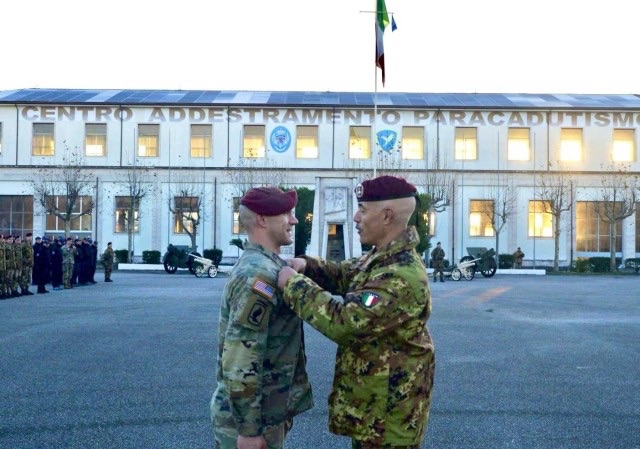
“Immediately, they were surprised at how good my Italian was,” said Pous. “That I even use Italian slang and lingo to fit in. They appreciated my enthusiasm and respect for their culture, which lifted any barriers or reservations they had prior to meeting me.”
Pous shared that he started learning Italian at the dining facility in Vicenza on base, asking the Italian cooks how to say ‘eggs sunny side up’ and other words.
“I think it’s an added value to open up to another culture and understand their point of view and lifestyle,” he said.
After about a year of practice, he felt sufficiently fluent to tackle the difficult course.
The Italian Jumpmaster School emphasizes adaptability and cross-cultural collaboration. Soldiers are trained to execute their duties seamlessly together with international partners, reflecting Italy’s commitment to participating in multinational operations.

“Attending the school is not only about being a Jumpmaster and knowing how to speak Italian, but being a representative of the U.S. Army,” said Pous.
Prior to his experience in Pisa, Pous completed the U.S. Army Jumpmaster course just three months earlier, Sept. 18, 2023, after completing 35 jumps as a paratrooper. To assist himself and others with the finer details of airborne operations, Pous video documented his progress through the Italian course, as well as several of his multinational jumps.
He shared that one of the key differences between the U.S. and Italian schools lies in what each course emphasizes the most.
“U.S. Jumpmasters have a safety who swings the static lines and that is their primary focus as paratroopers exit the aircraft,” said Pous.
Pous explained that, instead of safeties, Italian Assistant Jumpmasters swing the static lines, then observe each jumper exit the aircraft, checking that the light is still green. Only then, in one fluid motion, does the assistant reach for the next jumper’s static line.

“It was challenging because I wasn’t used to that. I had to learn a new way and build new muscle memory,” said Pous.
Another difference Pous noted was both U.S. primary and assistant Jumpmasters jump out of the aircraft. In the Italian army, the Jumpmaster and assistant remain aboard the entire time, landing with the aircraft at the end of the airborne operation.
“Also, American pre-jump includes four pages of text that must be recited verbatim, whereas the Italian pre-jump consists of a number of bullet points you must convey, but you have the freedom to explain it in your own words,” said Pous. “The advantage is that Jumpmasters can emphasize certain parts in more detail if needed. In this way, jumpers are more attentive when they know something new might be shared.”
Both schools were very professional and meticulous, he added.
Over the three-week course, Pous successfully completed five different Jumpmaster duties, all conducted in Italian. He also served as the Jumpmaster to Italian airborne students, helping them graduate from airborne school.

“My best memory was probably having coffee right after morning formation every day. It was like a ritual,” said Pous. “Everyone would go, students and instructors alike. As their guest, they never let me pay for my own coffee and brioche!”
The morning coffee ritual served as a moment to start the day slowly, said Pous, talking about everything from the course to food to culture, vacation destinations and history.
But the course itself was all business, with the “difficulty level super high but achievable,” according to Pous. “I liked that they work hard and take their job seriously. They’re experts for sure.”
Pous’ graduation ceremony offered a glimpse into the close cooperation between the U.S. and Italian militaries.
“We know that it is an honor for him to graduate our Italian Jumpmaster School,” said Italian Army Col. Antonio D’agostino, commander of Centro Addestramento Paracadutismo, the Italian airborne school in Pisa. “Just know that it is also an honor for us, as Italians, to present this diploma to him as a representative of the United States of America and the U.S. Army.”

The motivation to excel is deeply ingrained in the ethos of airborne units, where precision and efficiency can be a matter of life and death.
“Sgt. Pous is a great example of someone who takes his job seriously and recognizes our role as ambassadors in a foreign country,” said U.S. Army Lt. Col. Sheldon Broedel, commander of 2nd Bn., 503rd Inf. Regt. “He was motivated to learn Italian, forged many lasting relationships along the way, and successfully represented the U.S. Army in earning Italian Jumpmaster status.”
Pous said the next stop for him might be U.S. Pathfinder School or Air Assault School because he would like to complete the circle on his airborne knowledge. He also will soon complete a divemaster course on his own time in Padova, Italy.
“My next goal would be to attend French Jumpmaster School since I also speak French,” he said. “But that’s going to take some coordination.”
For more information about the 173rd Airborne Brigade, visit www.skysoldiers.army.mil
By MAJ Joe Legros
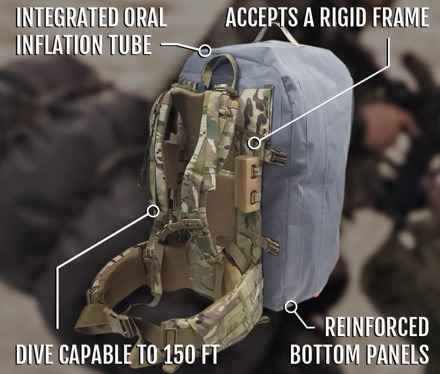


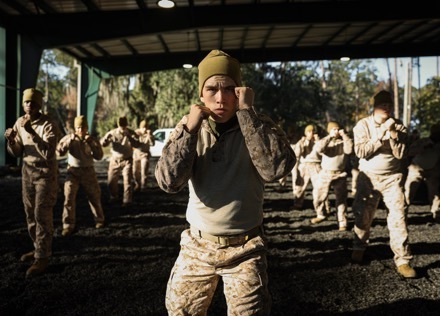






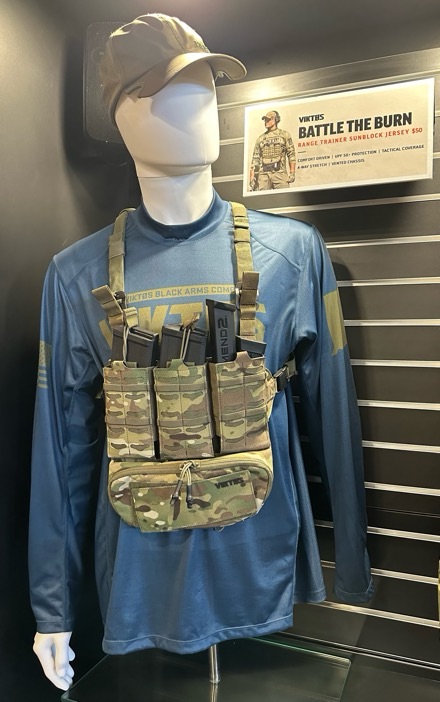
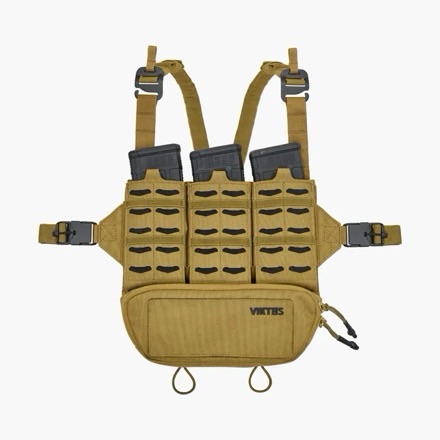 The zippered belly pouch integrates two tourniquet loops underneath.
The zippered belly pouch integrates two tourniquet loops underneath.